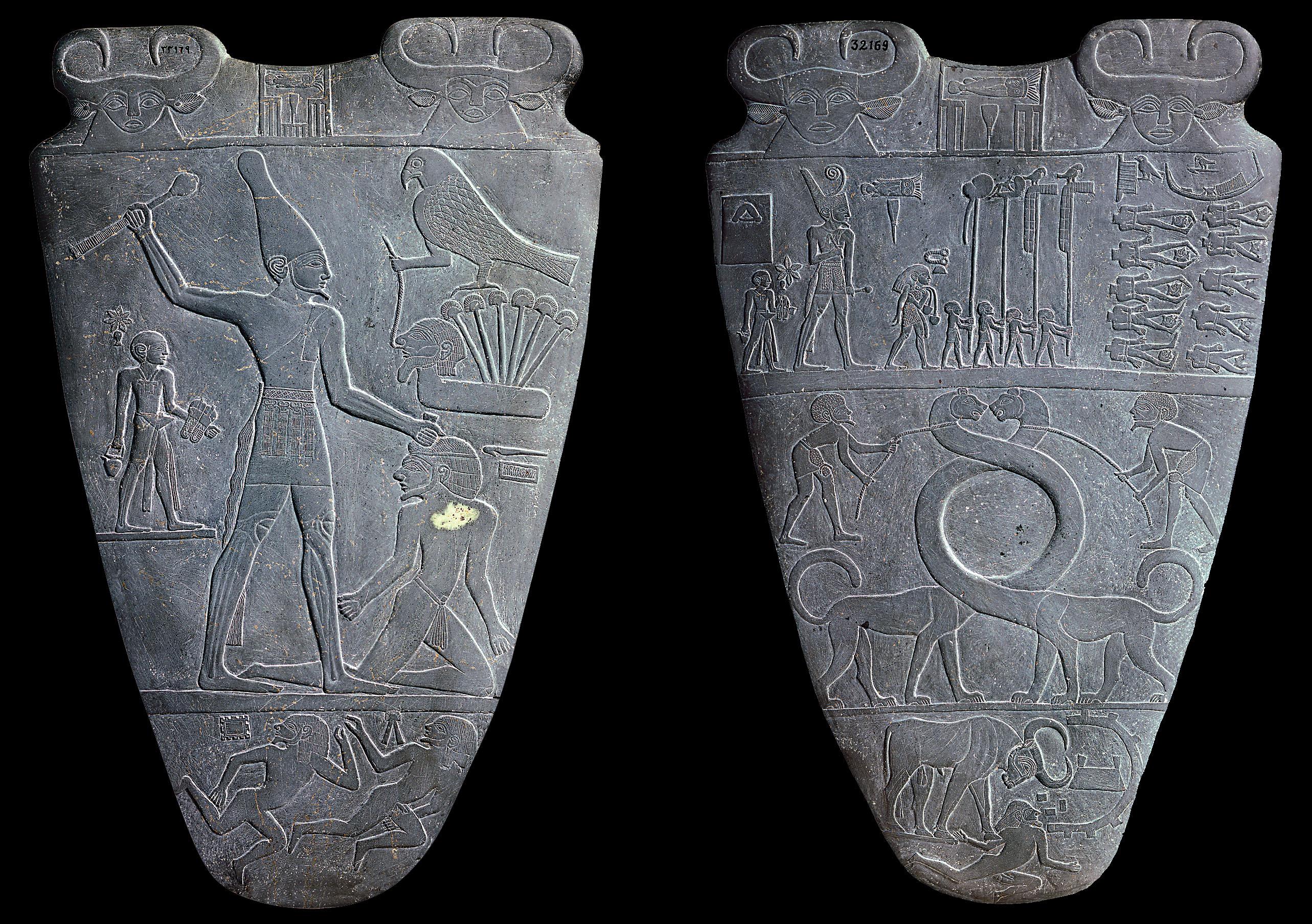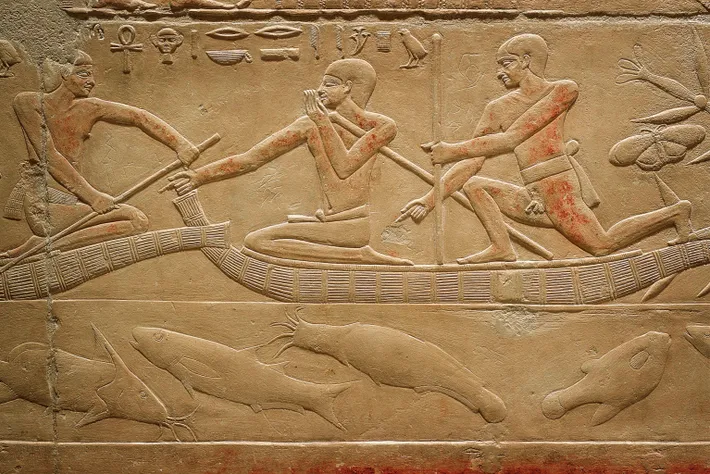CAIRO – 24 February 2022: Cobras, cats, and eagles are among the most famous animals depicted in ancient Egyptian art.
However, catfish once dominated the icons of the pharaohs on the banks of the Nile.
Catfish are common on every continent except Antarctica and are the most diverse group of fish on Earth. The 2,000 to 3,000 species have some pretty remarkable characteristics, so it's no wonder that they attracted the attention of the ancient Egyptians, one of the most animal-conscious of ancient cultures.
Furthermore, catfish has sharpened the senses that allowed it to survive and find food in turbid, muddy waters. A specific specie of catfish has a respiratory system that allows it to use atmospheric oxygen. This is amazingly used by today's catfish in Florida, which uses its fins to roam the land.
According to the National Geographic website, the ancient Egyptians had intimate knowledge of many types of catfish that they extracted from the rich marine life of the Nile River. They can often be clearly identified in ancient Egyptian art and icons.
The Egyptians gave rich symbolic and mythical roles to catfish. The inverted catfish for example was imbued with symbolic significance. Its "upside down" orientation allows it to position its mouth close to the surface of the water, where it appears to be swimming upside down.
Amulets for these creatures have been found throughout the Old Kingdom and Middle Kingdom sites in Egypt. These items were believed to have been prevented from sinking and were worn as necklaces or as hair adornments from the early second millennium BC.
Most of the animals in ancient Egypt were common in the icons of the New Kingdom (1539-1075 BC) while the catfish was an icon thousands of years ago, during the Middle and Ancient Kingdoms and even the Predynastic period

The use of catfish as a symbol can be traced back to one of the oldest Egyptian artifacts, the Narmer Palette, around 3000 BC. The palette depicts Narmer striking the enemy with a sceptre.
Archaeologists know that the victorious character is Narmer because his name appears above him. It consists of two hieroglyphs: (n'r), which denotes catfish.
In their names, the pharaohs sanctified the respected wild animals. Within the belief system of the late Predynastic period, it was clear that catfish was seen as a symbol of dominance and an ideal idea to associate the king with.

Furthermore, catfish was often depicted on many inscriptions of Pharaonic tombs. One of the most famous is the Tai Tomb of nobles from the Fifth Dynasty. Another example is the Kagemni Tomb at Saqqara, as one of the inscriptions in this tomb depicts a fishing scene in which men in papyrus canoes appear to be chasing fish of various kinds, including catfish.
Comments
Leave a Comment